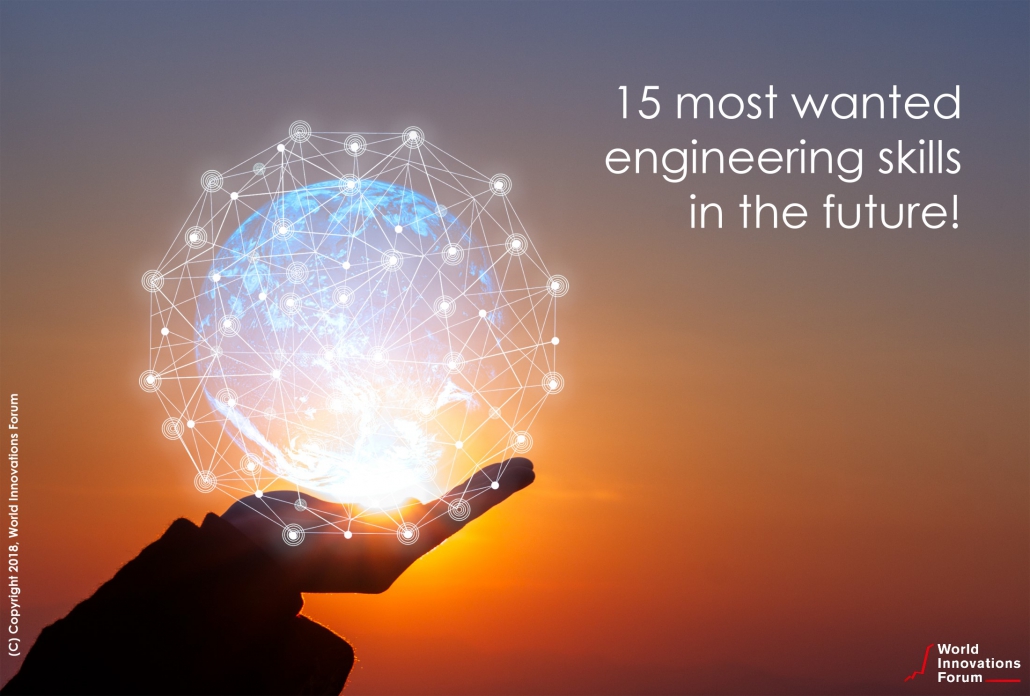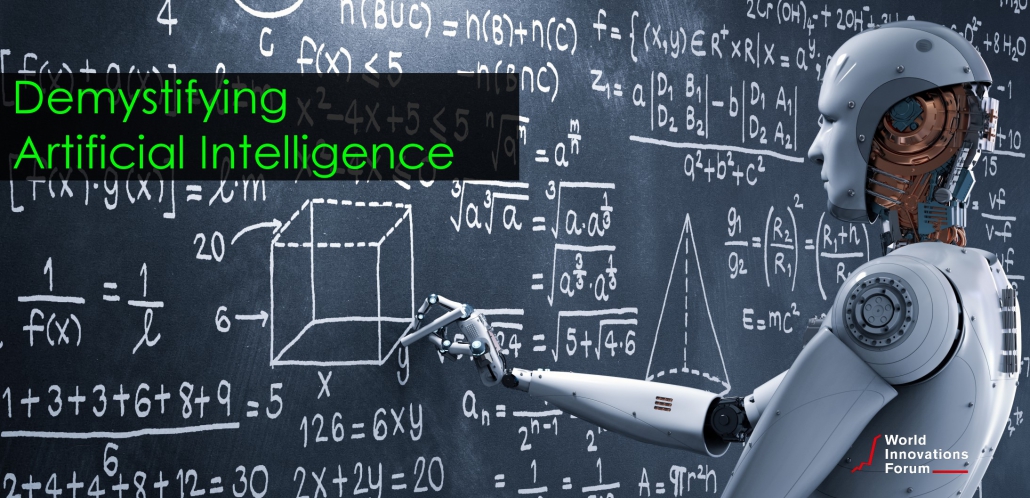
This post was inspired by a question on Quora and so I put my answer here on the blog as well.
Looking in our heavily research driven crystal ball, we see the following 15 engineering disciplines the most sought after in the next 25 years. In the following 25–50 years thereafter it will change a bit as AI and model engineers will build ever smarter systems that can do quite some of the engineering work – but for many reasons we are certain – not all !!!
AI / ML / NLP and friends engineering
By 2030 AI will be in any product or many components of a single product
approx. a million open positions as of today, Dec 2018
Algorithmic engineering (mathematicians)
> It’s the substance AI is made of and we need hundreds of thousands of them
Model engineering
> The biggest challenge in AI: Creating the model of what AI should be intelligent about
Molecular engineering → Molecular model engineering
>A precursor to smart materials, bio materials and much more
Smart Material engineering → Smart Material model engineering
> By 2030/2040 isch it will affect most everything we produce. Any material we deal with in our everyday’s live may be smart and do things that we can’t believe today/ It’ll be as big as AI is today if not even more revolutionary
Bio engineering → bio structure model engineering
> By 2040 it is the base for augmented human bodies. Getting eyes like an eagle, joins like a panther, reflexes and organs we can only dream of today. But it will also change the way we see all life around us and the influence we may have.
Robotics → Robotics model engineering
> an obvious one – yet the robots of the future, past 2040, will be very different. Not because of AI but because of the smart material and the bio engineering development.
Autonomous machines engineering
> Today we see robots, cars, etc. as autonomous machines. Tomorrow, 2025 onwards, we can add IOT and other autonomous devices to the mix. By 2050, we can see far remote machines on the Moon doing work we won’t do on earth…
Nano Technology engineering (re-started)
> Carbon nano tubes are revitalized as material we could use to build a space elevator and other crazy things we cannot do otherwise.
MedTech engineering → MedTech model engineering
> BY 2030 we can finally expect getting nanobots into our body for surgery but also as monitoring and other robotic tasks. It will be only the top level in that space. There is a lot ongoingly that will need very specialized engineers.
FinTech engineering → FinTech model engineering
> Whether we have a cryptocurrency comeback or a new development on our “old” currency, by 2025 blockchain like technologies is in the financial business future.
SecureTech engineering
> 2020 to 2525+ everything we need is vulnerable on its own. Security is, was and will remain to be a huge part of our technology world.
Energy systems engineering
> 2020 to 2525+ whether we will harness one day the gigavolt flashes (~10 Billion volts) or leverage our abundant geothermal energy, everything we do will need ever more energy.
Civil engineering (urbanity trend eyc.)
> Already today we are building more and bigger cities in the next 20 years until we experience the turnaround back to country live around 2050/2075 or so, especially when not only all production but also must services will be automated. In the then following 50+ years we will rebuild earth like we cannot imagine today.
Quantum computing engineering perhopes
> Not sure if we ever find a solution to the still unstable quantum states in the quantum computing theory. But if – lots of engineers will all of a sudden be needed.
There are many many more like food engineering, life style engineering, education technology engineering, health care engineering, and so forth, but the above give you probably a good idea where we are going.
P.S.
Why do we (World Innovations Forum) think so? There has never been a technology that was invented and in less than 10 years mainstream. Since we see what is in very early stage development of startups, we can see well into the next 10 years. New inventions and findings coming in in the next 10 years, will take us well into 2035 which are obviously very hard to predict. But we can at least try to predict the development that will come on top of the current development like robots that will advance but will advance even further when other developments like smart material have advanced. That brings us into year 2050. Thereafter we can only see consequences of the development we predict like the turnaround of urbanization and megacities. If most people no longer work in corporate bird cages but do things they simply love to do, join the makers movement, start their own little business and so forth, there is not only no need to live in a city but possible an urge to go back into countryside. That assumed consequence gives us fruit for thoughts beyond 2075 into 2100 or so. Again nobody really knows but we have ever better indicators and prediction models improving accuracy and to do what we do :)




